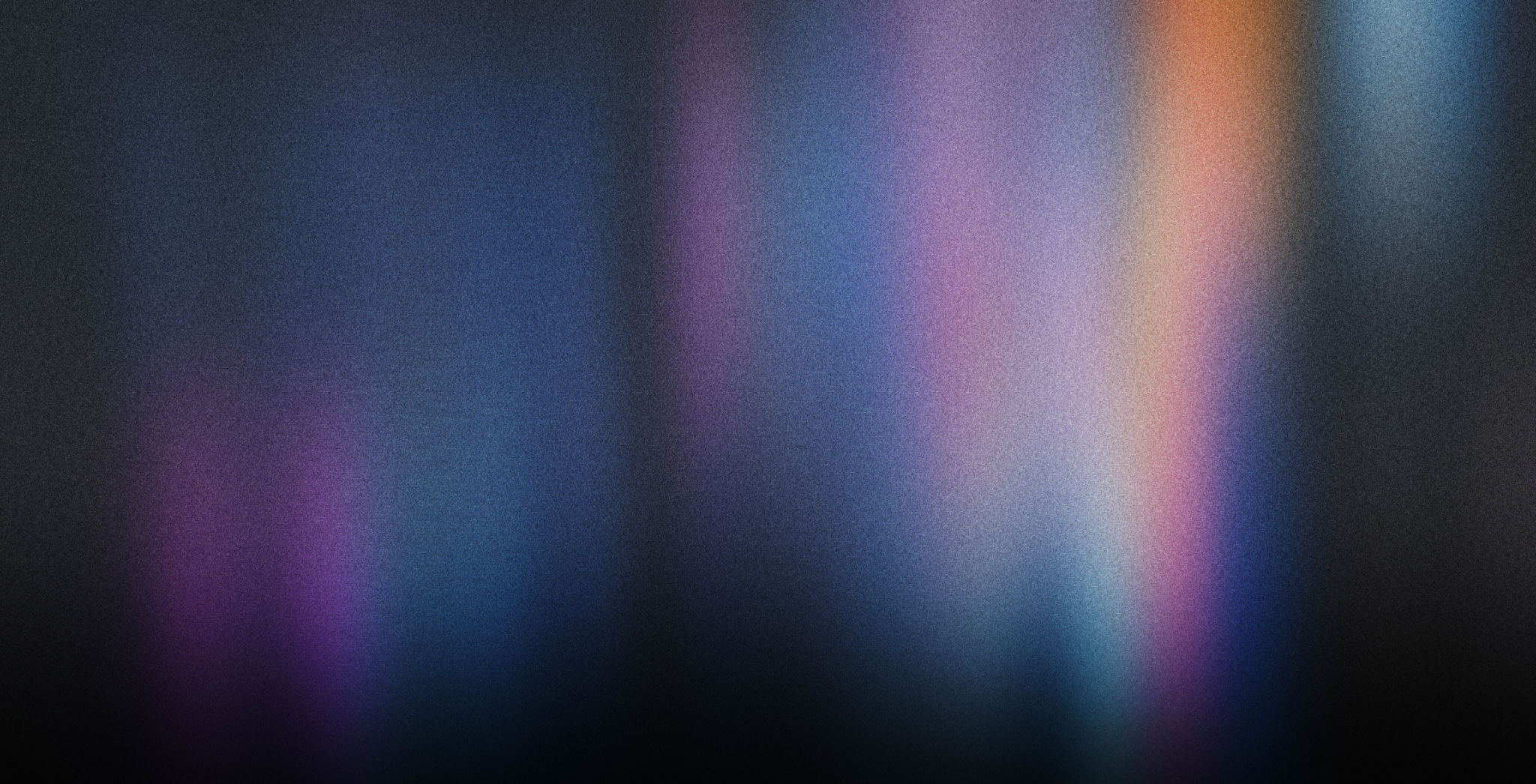Creating Stunning Lifestyle Imagery with 3D Models
Introduction to 3D Models in Lifestyle Imagery
In the ever-evolving world of digital content, creating visually stunning imagery is essential for capturing audience attention. One of the most exciting advancements in this field is the use of 3D models. By incorporating 3D models into lifestyle imagery, brands can produce captivating visuals that stand out in a crowded market.
3D modeling offers unparalleled flexibility and creativity, allowing designers to craft scenes that might be impossible or prohibitively expensive in real life. Whether you want to showcase a futuristic home interior or a serene natural landscape, 3D models make it achievable.

Why Choose 3D Models?
There are several compelling reasons to integrate 3D models into lifestyle imagery:
- Cost-Effective: Creating physical sets can be costly and time-consuming. 3D models eliminate many of these expenses.
- Unlimited Creativity: Designers can manipulate every aspect of a scene without the limitations imposed by reality.
- Consistency: Maintaining visual continuity across multiple images becomes much easier with reusable 3D assets.
These advantages make 3D modeling an attractive option for businesses looking to elevate their visual content strategy.
Creating Realistic 3D Models
The key to effective lifestyle imagery lies in the realism of your 3D models. To achieve this, focus on details such as texture, lighting, and shadows. These elements contribute to the authenticity of the scene and help engage viewers on a deeper level.
Software advancements have made it easier than ever to create lifelike textures and complex lighting setups. Tools like Blender and Cinema 4D provide robust platforms for crafting intricate designs that mimic real-world physics.

Incorporating 3D Models into Lifestyle Scenes
Once you have your models ready, the next step is integrating them into a cohesive lifestyle scene. Consider the narrative you wish to convey and how your models fit into that story. This process involves setting up a virtual scene, arranging models, and adjusting lighting to match the desired mood.
Be mindful of the composition to ensure that the focal points are clear and that the image flows naturally. The use of leading lines, balanced elements, and strategic framing can enhance the overall aesthetic appeal.
Enhancing Engagement with Interactive Elements
One of the unique benefits of using 3D models is the potential for interactivity. By incorporating interactive elements, such as clickable hotspots or dynamic animations, you can boost viewer engagement and provide a more immersive experience.
This level of interactivity not only captivates your audience but also allows them to explore products or scenes in greater detail, fostering a deeper connection with your brand.

The Future of Lifestyle Imagery with 3D Models
As technology continues to advance, the possibilities for lifestyle imagery with 3D models will expand even further. Innovations in augmented reality (AR) and virtual reality (VR) are set to revolutionize how audiences interact with digital content, making 3D models an invaluable asset for forward-thinking brands.
Embracing these technologies now can position your brand at the forefront of visual storytelling, providing you with a competitive edge in an increasingly digital world.
Conclusion
Creating stunning lifestyle imagery with 3D models offers endless opportunities for creativity, engagement, and brand storytelling. By leveraging this technology, brands can craft compelling visuals that not only capture attention but also inspire and connect with their audience on a profound level.
The time to explore the potential of 3D modeling is now, as it promises to redefine how we visualize and experience lifestyle content in the digital age.